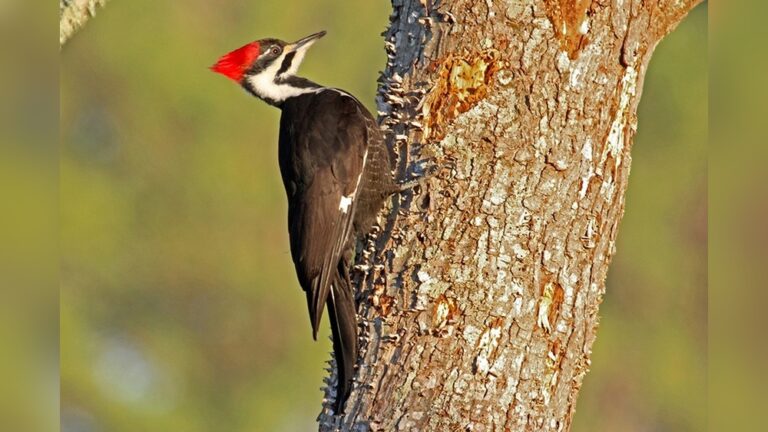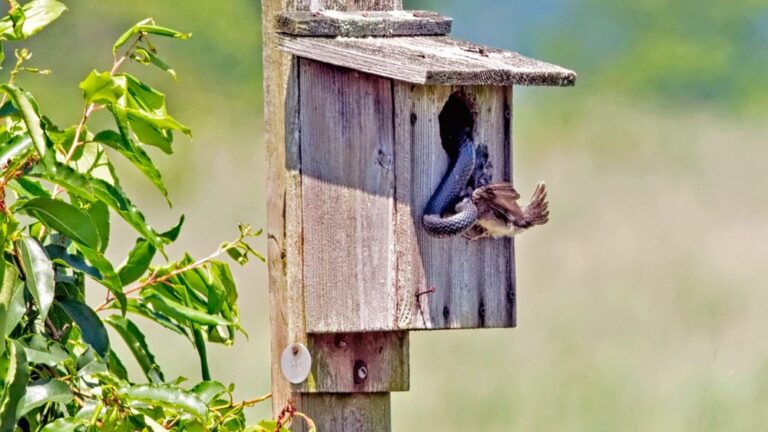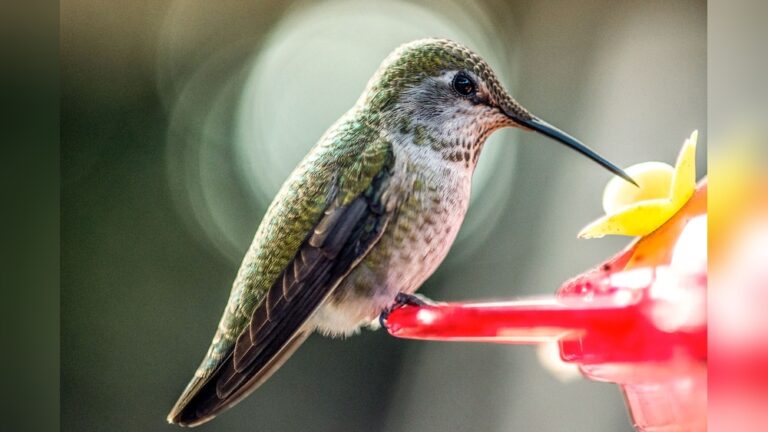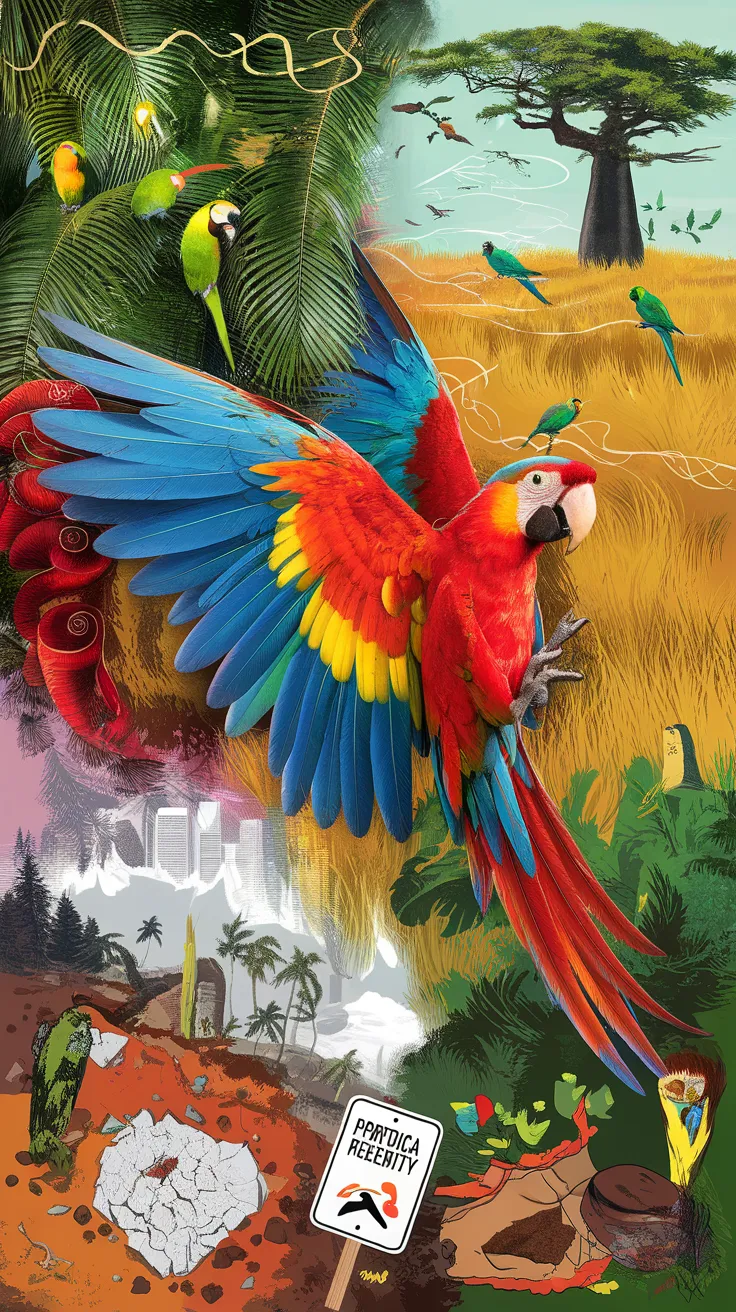Bird Watching Hotspots
Are you ready to discover places where nature truly comes alive? Bird watching hotspots are more than just locations—they are vibrant stages where colorful feathers and melodic songs captivate your senses.
Whether you’re a beginner or an experienced bird lover, knowing the best spots can turn your next outing into an unforgettable adventure. You’ll find the top destinations that promise rare sightings and peaceful moments with nature. Get ready to see birds like never before and make your bird watching experience truly special.
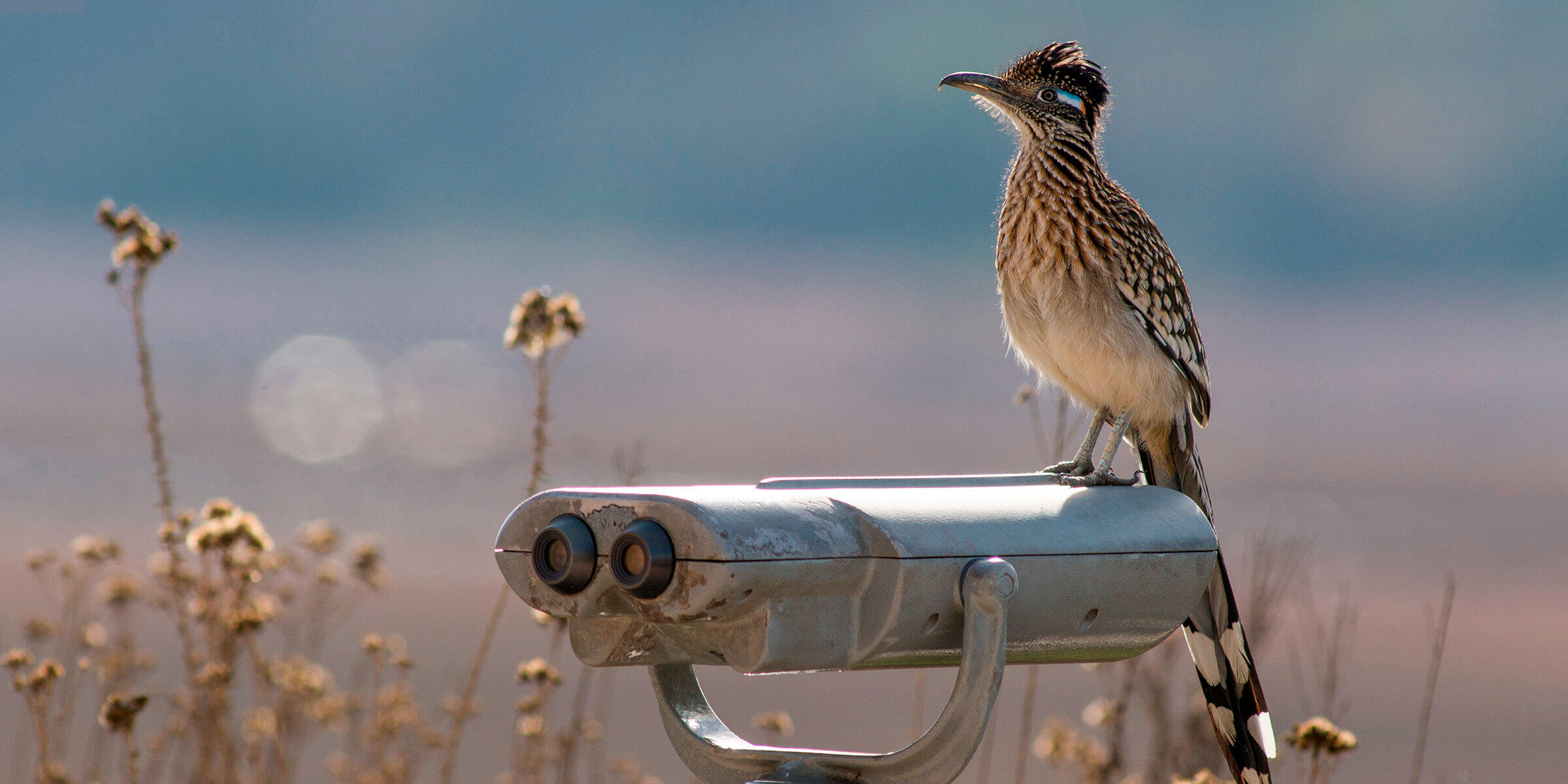
Credit: southwest.audubon.org
Top Bird Watching Destinations
Bird watching offers a unique way to connect with nature. Many places around the world draw bird lovers with their rich variety of species. This section highlights top bird watching destinations for enthusiasts of all levels. Discover key spots across continents known for vibrant bird life and beautiful landscapes.
North America Highlights
North America hosts diverse bird species and habitats. The Everglades in Florida attract wading birds and raptors. The Pacific Northwest offers coastal and forest birding opportunities. The Great Lakes region is famous for migratory waterfowl. Many national parks provide excellent bird watching trails.
Best Spots In Europe
Europe blends history with great birding sites. The Camargue in France is home to flamingos and herons. Spain’s Doñana National Park shelters rare birds like the imperial eagle. The UK’s Norfolk Broads offer wetland bird watching. Scandinavia’s forests and lakes attract many songbirds and owls.
Popular Sites In Asia
Asia hosts many unique bird species and habitats. India’s Kaziranga National Park is famous for hornbills and water birds. Japan’s wetlands attract migratory cranes. Indonesia’s rainforests offer tropical birds like birds of paradise. Many mountain regions provide excellent birding experiences.
African Birding Gems
Africa is rich in bird diversity and colorful species. Kenya’s Maasai Mara hosts large flocks of vultures and eagles. South Africa’s Kruger National Park offers a wide range of birds. The Okavango Delta in Botswana attracts water birds and kingfishers. Many desert areas support rare and hardy species.
Australia And Oceania Favorites
Australia is famous for unique and vibrant birds. The Daintree Rainforest shelters cassowaries and colorful parrots. New Zealand offers kiwi birds and albatrosses. Papua New Guinea is home to birds of paradise. Many islands hold rare and endemic species.
South American Treasures
South America is a paradise for bird watchers. The Amazon rainforest hosts thousands of bird species. Colombia’s Andes mountains offer hummingbirds and tanagers. The Pantanal wetlands in Brazil attract waterfowl and storks. Many coastal areas provide excellent seabird watching.
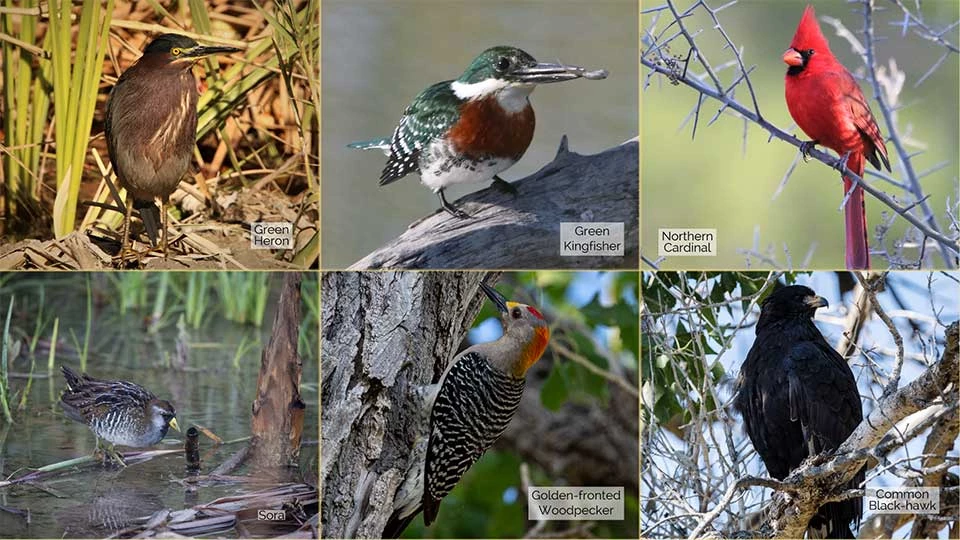
Credit: www.nps.gov
Seasonal Bird Watching Tips
Bird watching changes with the seasons. Each season brings different birds to see. Knowing where to go and what to watch helps you enjoy the best views. These tips guide you through the year. Find the right places for each season. Learn the paths birds take as they move and settle.
Seasonal bird watching is exciting. It shows nature’s cycle in motion. Watch birds migrate, breed, and find shelter. Each season offers a new adventure.
Spring Migration Routes
Spring is full of movement. Birds fly north to breed. Watch for warblers, hawks, and waterfowl. Visit wetlands, forests, and river valleys. Early morning is the best time. Birds are active and easier to spot. Bring binoculars and a field guide. Listen for bird songs to locate them.
Summer Breeding Grounds
Summer means breeding and nesting. Birds stay in one place to raise young. Look for nests in trees and shrubs. Listen for calls from parents and chicks. Visit national parks and nature reserves. Some birds show bright colors to attract mates. Be patient and quiet to avoid disturbing them.
Fall Migration Paths
Fall is another busy time. Birds fly south to warmer places. Look for flocks gathering in fields and shorelines. Raptors soar high in the sky. Use clear days to see long flights. Stop at rest areas where birds feed and rest. Keep a notebook to track species and numbers.
Winter Birding Locations
Winter brings different birds to your area. Some species stay, while others arrive from colder places. Visit open water spots and feeders. Look for sparrows, finches, and woodpeckers. Dress warmly and use a spotting scope if you have one. Watch quietly to see their natural behavior.
Essential Gear For Bird Watching
Bird watching is a rewarding hobby that brings you closer to nature. Having the right gear makes your experience better and more enjoyable. Essential gear helps you see birds clearly, identify them fast, stay comfortable, and capture great photos.
Choosing the right tools can make a big difference in your bird watching trips. Here are the key items every bird watcher should have.
Binoculars And Scopes
Binoculars are the most important tool for bird watching. They help you see birds from far away with clear detail. Choose binoculars with good magnification and a wide field of view. Scopes offer even higher magnification and work well for spotting birds at a distance. They are often used with a tripod for steady viewing.
Field Guides And Apps
Field guides help you identify birds by showing pictures and key facts. Carry a pocket-sized guide for quick reference. Bird watching apps are handy and provide instant information. Many apps include sounds of bird calls, which help you find birds by listening. Use these tools to learn and enjoy bird watching more.
Clothing And Footwear
Wear comfortable clothes that blend with nature. Earth tones like green, brown, and gray work best. Dress in layers to adjust to changing weather. Sturdy footwear protects your feet and helps you walk on rough paths. Waterproof shoes are useful in wet areas or after rain.
Photography Equipment
Photography captures your bird watching memories. A camera with a zoom lens helps take clear pictures from a distance. A tripod keeps the camera steady and reduces blur. Use a camera bag to protect your gear and carry extra batteries and memory cards. Photos let you share your bird watching experience with others.
Conservation And Ethical Birding
Conservation and ethical birding are key to enjoying bird watching hotspots. Protecting birds and their homes helps keep nature alive for future visitors. Ethical birding means watching birds without harm or disturbance. It supports wildlife and local communities. Understanding these practices makes birding more rewarding and sustainable.
Protecting Habitats
Birds need safe places to live and breed. Preserving forests, wetlands, and grasslands protects these habitats. Avoid trampling plants or disturbing nests while birding. Stay on marked trails to reduce damage. Healthy habitats support more bird species and better sightings.
Respecting Wildlife
Watch birds quietly and from a distance. Avoid loud noises or sudden movements that scare them. Never touch or feed wild birds. Feeding changes their natural behavior and diet. Use binoculars or zoom lenses to observe without getting too close.
Supporting Local Conservation Efforts
Many birding areas depend on local groups for protection. Donate or volunteer to help these organizations. Buy from local guides and businesses to support communities. Learning about local conservation helps you understand birds and their needs. Your support makes a real difference in protecting bird habitats.
Bird Watching Communities And Tours
Bird watching is more enjoyable with others who share your passion. Communities and tours help you connect with fellow bird lovers. These groups offer support, knowledge, and fun adventures. They also make spotting rare birds easier.
Joining Local Bird Clubs
Local bird clubs gather people interested in birds. They meet regularly for walks and talks. Clubs often organize trips to nearby hotspots. Joining a club helps beginners learn fast. Experienced birders share tips and advice. Clubs create a friendly space to ask questions. Members often exchange information about recent sightings.
Guided Birding Tours
Guided tours take you to great bird watching spots. Expert guides know where to find specific birds. They teach you how to spot and identify them. Tours suit all skill levels, from beginners to experts. These trips often include transport and gear advice. Guided tours increase your chances of seeing rare species. They also help you learn about bird habitats and behavior.
Online Forums And Resources
Online forums connect bird watchers worldwide. You can share photos, ask questions, and get advice. Many websites offer bird lists and identification tools. Forums provide updates on bird migrations and local sightings. They help you plan visits to bird watching hotspots. Online groups support learning and community building. They are a great resource for bird watchers everywhere.

Credit: www.chattnaturecenter.org
How Smart Pets Lover Can Help You with Bird Watching Hotspots
Learning from Bird Watching Hotspots: A Hands-On Guide
Exploring bird watching hotspots offers more than just beautiful sightings—it’s a wonderful chance to deepen your understanding of avian life. When you visit these destinations, combine your adventure with practical learning by observing seasonal bird behaviors and applying the essential gear tips we’ve discussed earlier. Noticing how different species respond to changing seasons can teach you about migration patterns and habitat needs, enriching your experience beyond spotting rare birds.
- Take notes on bird calls and plumage changes to sharpen your identification skills.
- Practice ethical birding by respecting habitats and following conservation guidelines, ensuring these hotspots thrive for years to come.
- Connect with local bird watching communities or guided tours to exchange knowledge and gain insider tips.
At Smart Pets Lover, we believe every chirp tells a story worth understanding. Embracing these practical steps not only makes your bird watching more rewarding but also nurtures a deeper bond with nature. For more insights or questions on bird care and observation, feel free to reach out to our team—we’re here to support your journey, one feather at a time.
Frequently Asked Questions
What Are The Best Bird Watching Hotspots Worldwide?
Top bird watching hotspots include Costa Rica, Kruger National Park, and the Amazon Rainforest. These locations offer diverse bird species and excellent viewing opportunities.
When Is The Best Time To Visit Bird Watching Hotspots?
The best time varies by location but generally aligns with migration seasons. Spring and fall offer the most bird activity and sightings.
What Equipment Is Essential For Bird Watching?
A good pair of binoculars, a field guidebook, and a camera are essential. Comfortable clothing and a notebook for observations also help.
How Can Beginners Find Bird Watching Hotspots Nearby?
Use local birding clubs, apps like eBird, and nature reserves. These resources help identify popular and accessible bird watching sites.
Conclusion
Bird watching hotspots offer a great way to enjoy nature. These places host many kinds of birds all year. Visiting them helps you learn about different species. It also gives you a chance to relax outdoors. Carry your binoculars and a camera for the best experience.
Remember to respect birds and their homes. Each trip brings new sights and sounds to enjoy. Start exploring these spots to see birds up close. Nature’s beauty is waiting for you to discover. Happy bird watching!

